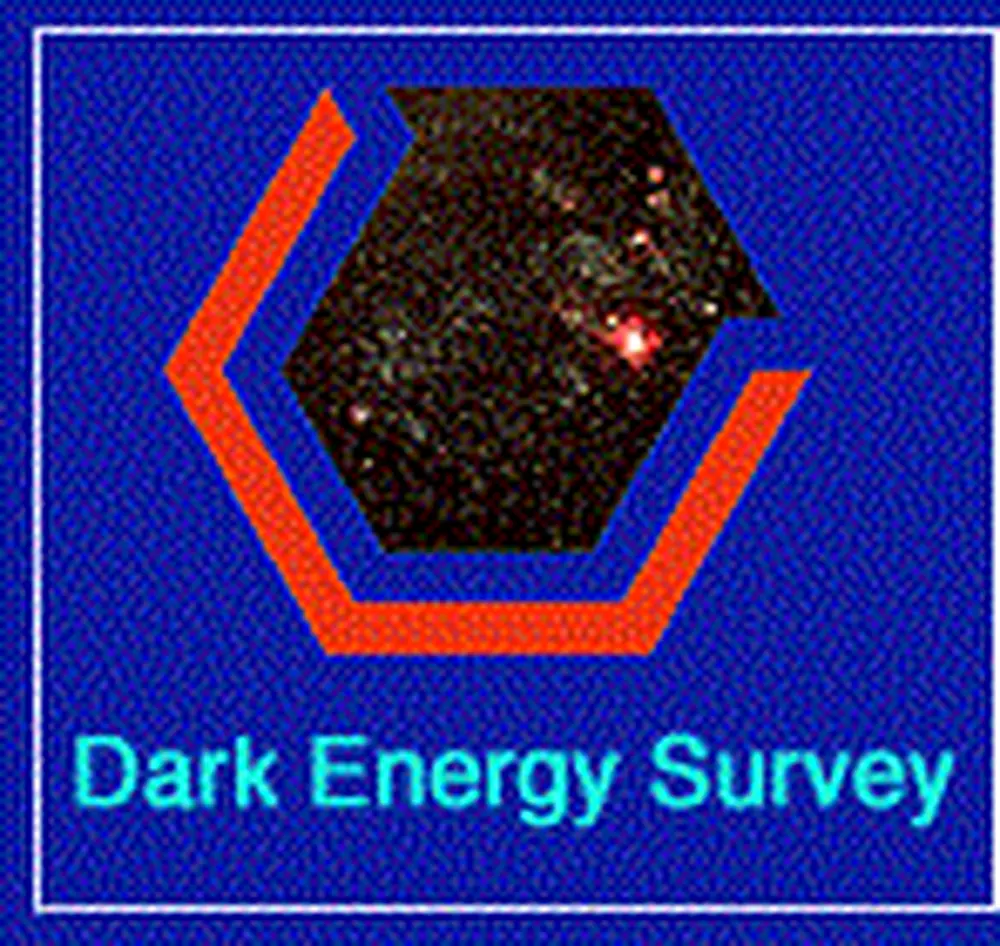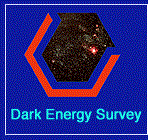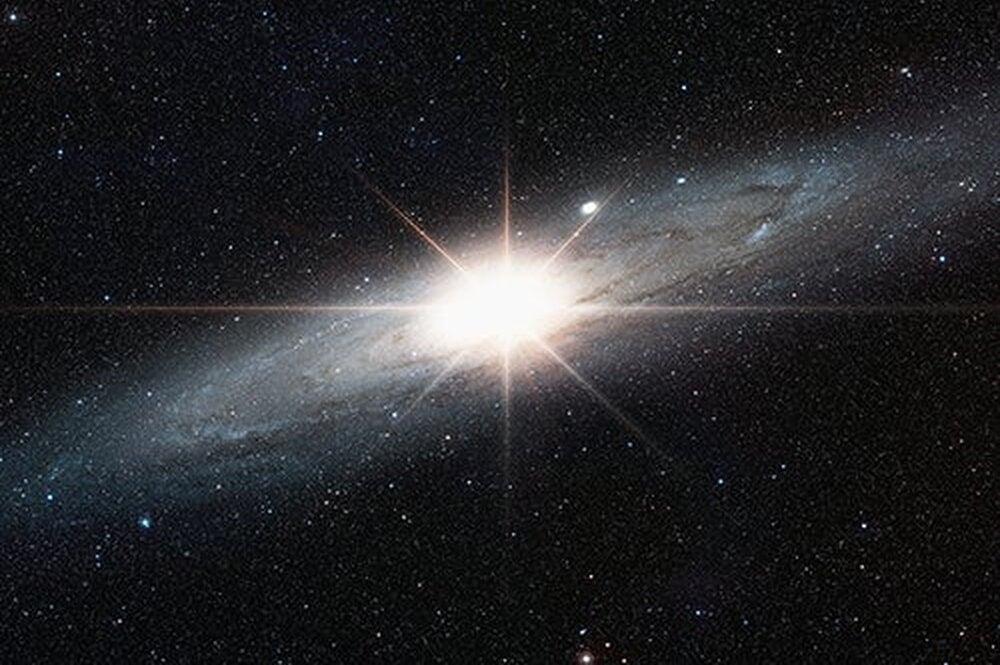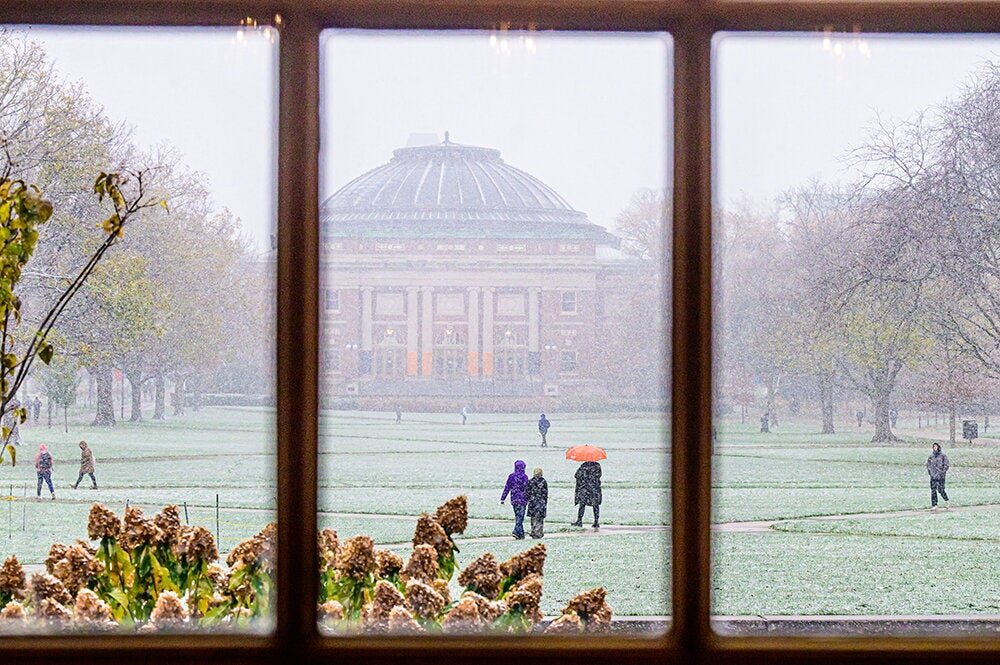

Astronomers and physicists call it dark energy—a mysterious force that may or may not even exist. But if it does exist, it could be the reason that the expansion of our universe is not slowing down as Albert Einstein and other scientists expected.
The University of Illinois is in the thick of this mystery, recently receiving a $3.3 million grant to develop the tools to manage data coming from the Dark Energy Survey. U of I scientists will be creating a system to process, calibrate, and archive the massive amounts of data being generated during the hunt for dark energy and galaxy clusters.
In 1929, Edwin Hubble discovered that after the Big Bang, all of the galaxies have been moving away from each other. “That’s the expanding universe,” says LAS astronomer Joe Mohr, who is leading a team of researchers at U of I who are working on the Dark Energy Survey.
According to Einstein’s General Theory of Relativity, the expansion of the universe should be slowing down, due to gravitational effects. But in the late 1990s, researchers found that the universe is not slowing down as rapidly as thought.
In fact, Mohr says, “We’re in a transition to a phase in which the universe’s expansion rate will actually start increasing. This is called the cosmic acceleration, and it has been a huge surprise. People are in a quandary about what’s causing this.”
One theory is that dark energy acts as a “gravitational repulsion,” causing the universe to expand faster. To find out if it’s true, more than a dozen institutions, including the University of Illinois, have teamed up on the Dark Energy Survey.
The Dark Energy Survey will build upon work being done with the South Pole Telescope, which has been operating for almost two years now. Mohr says the South Pole Telescope allows researchers to track the expansion of the universe by looking at galaxy clusters deep in space. In the end, they hope to find roughly 8,000 clusters, each containing anywhere from 100 to 1,000 galaxies.
The South Pole Telescope uses an array of sensors to read the temperature of the radiation in space and locate galaxy clusters, which show up as cool spots on the cosmic microwave background. However, the images created with the South Pole Telescope provide only two-dimensional images of galaxy clusters.
Mohr’s team is doing the optical follow-up, which adds a third dimension. Mohr’s optical images can tell how distant these galaxies are in space, which indicates how far back in time they first appeared. As you gaze deeper into space, you are looking at light that has been emitted billions of years ago; so in that sense you are gazing back in time.
This survey will provide one of the clearest pictures of the expanding universe to date, Mohr says, and may offer answers to the mystery of dark energy.
“It’s like a population census of sorts,” he says. “It opens a new window on the universe.”
Mohr has already been collecting optical images of galaxy clusters for three years using a 4-meter telescope perched high in the Andes Mountains in Chile. But the current project, the Blanco Cosmology Survey, covers a relatively small slice of the sky. The Dark Energy Survey will eventually be equipped with a more powerful camera that will cover 50 times as much sky, but this instrument will not be up and running until 2011.
“The exciting thing is that we’re seeing light emitted billions of years ago, although we can’t see all of the way back to the beginning, which is 13.7 billion years ago,” Mohr says.
“Our hope is to precisely measure the universe’s expansion rate over cosmic time with much greater precision than has ever been done before,” he adds. “We don’t know where it is going to lead, but we hope it will lead to a breakthrough on cosmic acceleration. It’s a fantastic cosmological experiment.”
Find out more about the Dark Energy Survey.


